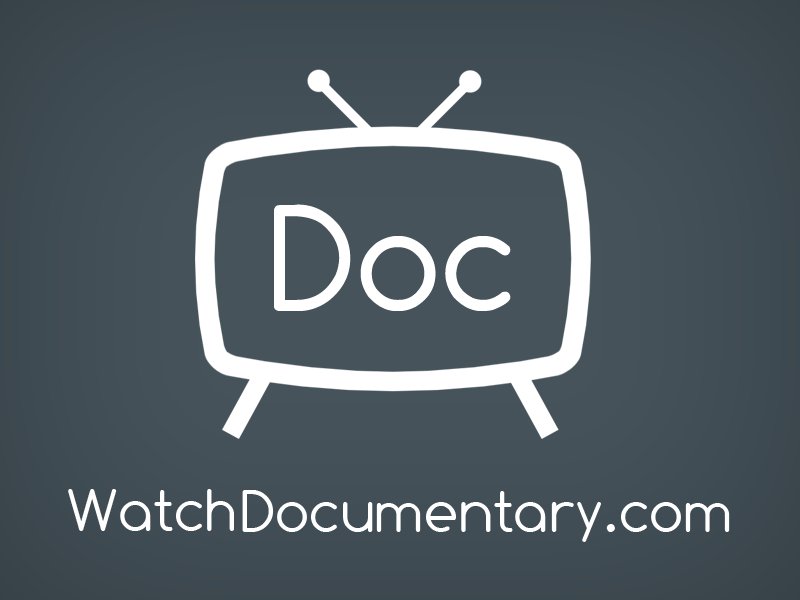Unraveling the complexities of the economy can be a daunting task for many. Yet, Ray Dalio, with his unique insights, offers a straightforward approach to understanding economics. His unconventional methods have not only helped him foresee and navigate through global financial crises but have also proven effective over the past three decades.
While the economic system may appear intricate, it operates on a simple, automated basis. Comprised of fundamental components and numerous repetitive transactions, these agreements are largely influenced by human behavior. Three key forces drive the economy: productivity growth, the short-term debt cycle, and the long-term debt cycle.
Exploring these driving forces and their layered interactions can provide valuable insights into economic fluctuations and current trends. At the core of every economic system are transactions, which involve the exchange of money and credit for various goods, services, and assets among individuals, businesses, banks, and governments.
Among the major players in this economic landscape is the government, which comprises two vital components: the central government responsible for tax collection and fund allocation, and the central bank, which holds a unique role in regulating the quantity of money and credit. Through mechanisms such as interest rate adjustments and money creation, the central bank significantly influences the circulation of credit, a crucial yet often overlooked element of the economy.





Add comment